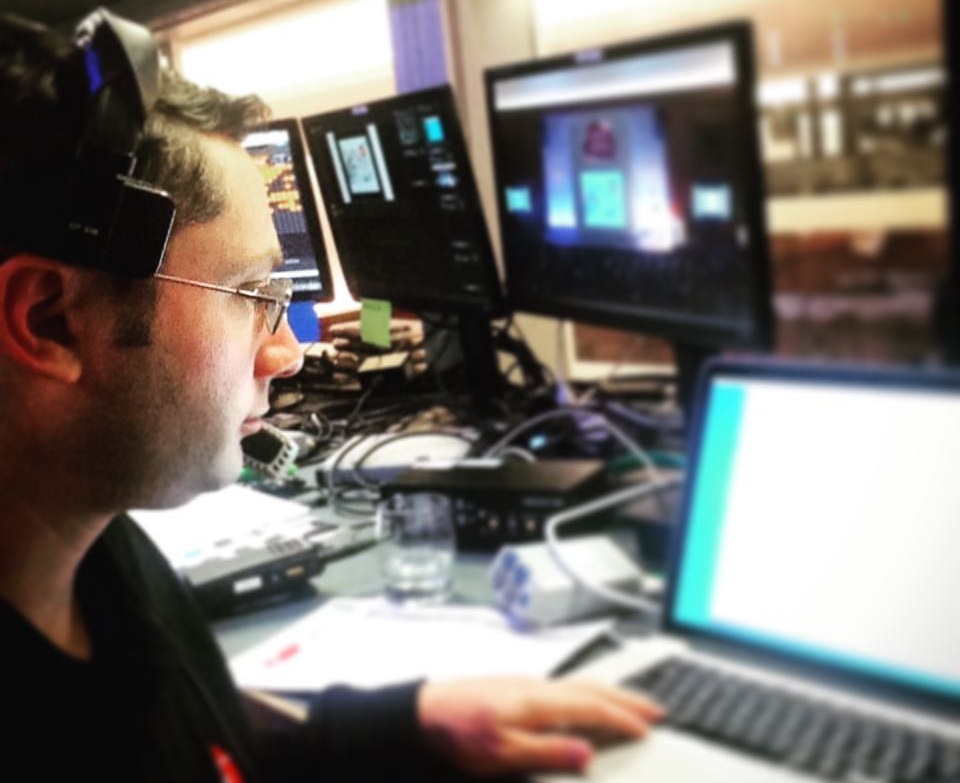Mastering the Craft of Seamless Film Mapping on Arched Monitor for Breathtaking Visual Experiences
Mastering the Craft of Seamless Film Mapping on Arched Monitor for Breathtaking Visual Experiences
Blog Article
Film mapping is an innovative technique that allows visuals and videos to be projected onto areas, creating breathtaking aesthetic experiences. When it comes to rounded surfaces, mastering this craft can be a bit more difficult than projecting onto flat planes. Rounded surfaces can include various elements from the sides of structures to sculptures and even stages. Grasping how to effectively map footage onto these forms is crucial for artists, design professionals, and occasion planners who want to create immersive settings that enthrall viewers.
The first step in footage projection on rounded areas is to comprehend the geometry of the surface. Rounded surfaces can be intricate, with different degrees of bend. To achieve a seamless projection, it is vital to create a 3D model of the surface. This model helps in imagining how the footage will look when cast. Applications tools are accessible that allow users to create these representations and simulate the display. By accurately aligning the dimensions and shapes of the surface, creators can guarantee that the video aligns perfectly without distortion.
Once the 3D model is prepared, the next step is to edit the footage material. This includes modifying the video to suit the specific shape and size of the rounded area. It is essential to take into account the angles and viewpoints from which the audience will view the display. The material should be designed to improve the aesthetic encounter, making it captivating and relevant to the theme of the event or setup. Using high-quality graphics and animations can significantly improve the total effect of the display.
After editing the material, the real projection process begins. This includes setting up the projectors at the correct positions and distances to guarantee that the footage matches with the 3D model. Adjustment is a crucial part of this process. It may require adjusting the luminosity, contrast, and sharpness of the devices to obtain the best results. Additionally, using several projectors may be necessary to cover bigger or more intricate surfaces. This technique, known as seamless projection, helps create a continuous visual across the entire area.
Finally, testing the projection is crucial before the conclusive presentation. This allows designers to make any necessary adjustments to the footage and device configurations. It is also an opportunity to see how the viewers will experience the projection from various viewpoints. By ensuring that the footage projection is flawless, creators can deliver a remarkable aesthetic experience that leaves a memorable impression. Perfecting video projection mapping design concepts mapping on rounded areas not only improves creative expression but also creates new opportunities for storytelling and audience interaction in various environments.